Perennial Perfection
Perennial Perfection
This week we’re expecting the first shipment of perennial plants to land at 380 West Main Street. Spring has arrived! This is just the beginning of the flood of plants that will be arriving throughout the spring and summer, but it reminds us that this is the time when people want to plan for their flower gardens. Here are a few tips for maintaining and improving your perennial beds.
- This spring, look at the plants that are emerging from the ground. If there are some perennials that have spread really rapidly, and are taking over the garden, edit some of those plants now. Some perennials are a bit too enthusiastic in the garden, and some are outright thugs! Don’t let a few plants take over.
2. If you see your early emerging daylilies or other perennials being eaten by rabbits, spray them now with Plantskydd. This will tell Thumper that these plants are not on the bunny buffet.

3. Did you take photos of your perennial gardens in the past? Look back to see if there are times when you have fewer flowers in the garden, and plan to add plants that bloom at that time of year. A perennial garden is like a kaleidoscope – it changes from March through November. With a variety of plants you can have color in your flowerbed (foliage as well as blooms) through all of these months.
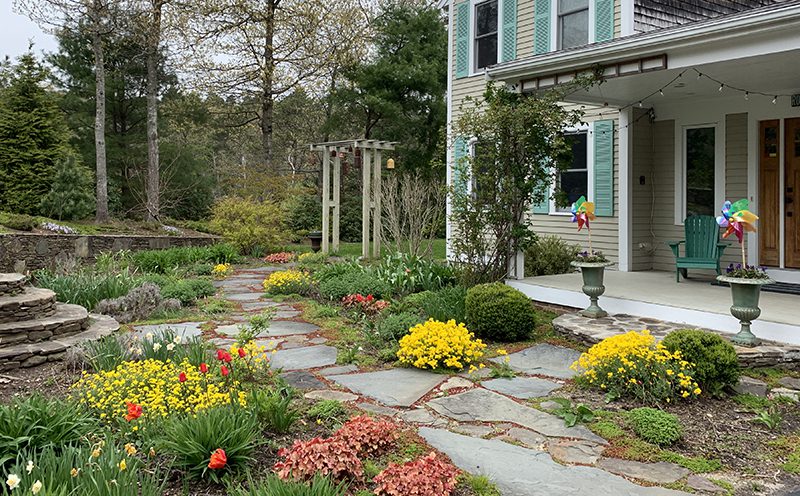
4. Be realistic about how much sun your perennial beds get over the day, and then choose plants accordingly. We have plants that tolerate shade grouped under the pergola in the perennial shade section of the garden center. Many of these plants do well in part-sun as well.
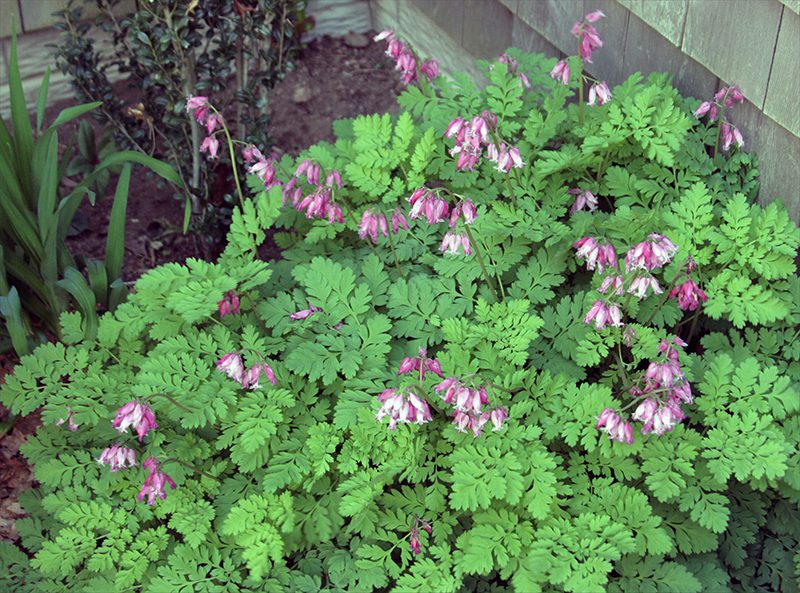
5. Before purchasing more plants, ask yourself what you want out of your perennial garden. Is it flowers for cutting? Plants to support pollinators? Low-maintenance? If it’s less work, be sure to choose the right plants because some perennials require a lot more care than others. (To learn about which perennials are low-maintenance on Cape Cod, attend C.L. Fornari’s Sunday Seminar on March 20th. Register here.)
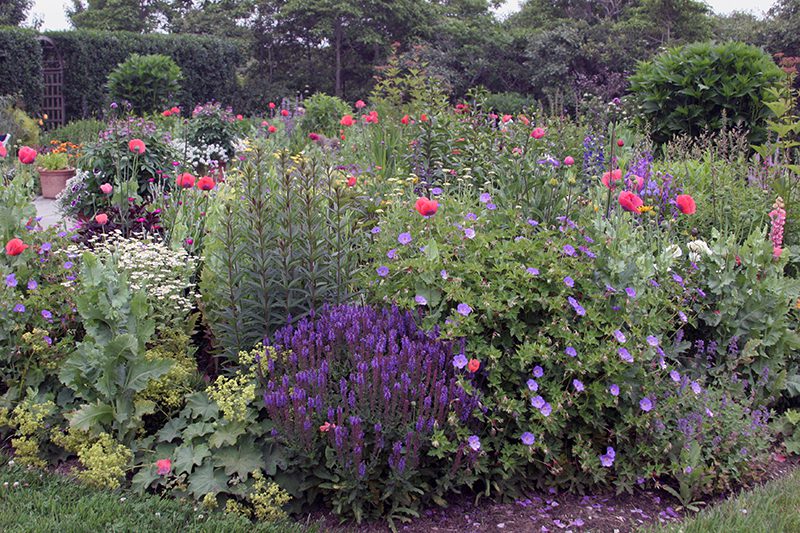
6. If your perennial garden has moss growing on the soil right now, that’s a sign that you need to amend the ground with a layer of compost! Moss loves compact soils, and will thrive in such areas even in sunny gardens. If you cover the soil in your perennial gardens with an inch of mulch every spring, moss is less likely to grow. Both compost and mulch amend the soil from the top down with organic matter.
7. Most perennials do well with low to average levels of fertility, but daylilies, Russian sage and roses can use a bit more fertilizer. Have a complete soil test done by the University of Massachusetts Soil Lab if you are wondering if your garden needs to be fertilized.
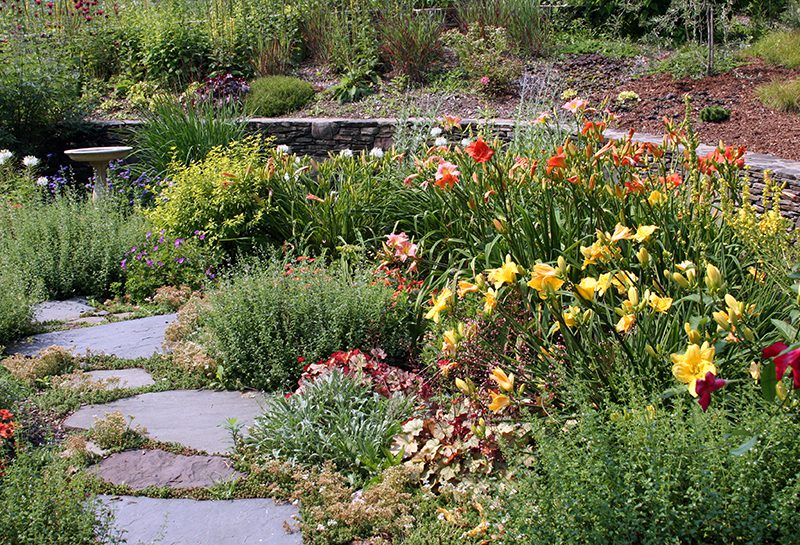
8. Perennials usually look best planted in groups of three, five or seven. A larger group creates more of a visual impact, and makes your garden maintenance easier since all the plants that require the same care are clustered together.
With the right combination of plants, and ongoing involvement from the gardener, a perennial garden is an ever-changing display of flowers and foliage.
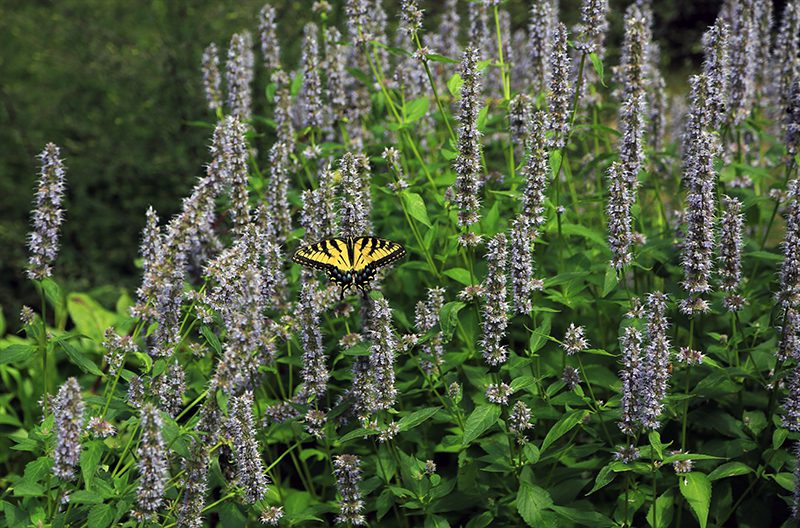
Subscribe To Our Newsletter
Sign up for our weekly email about sales and events.
